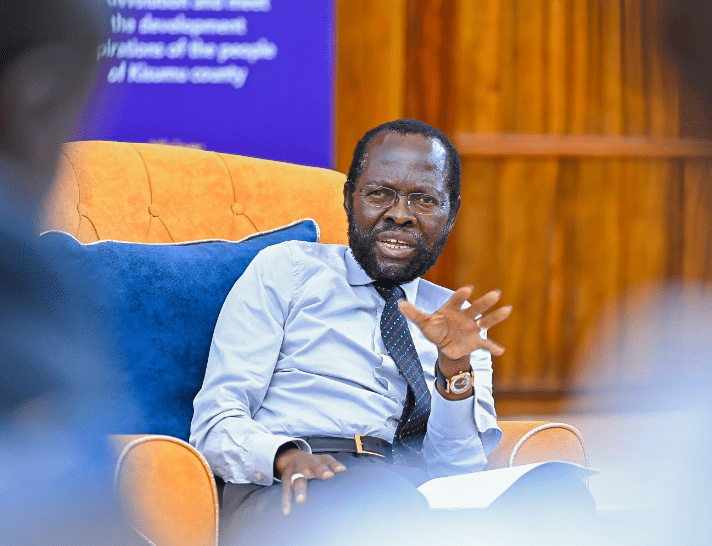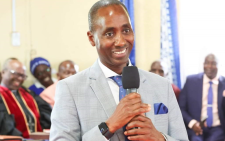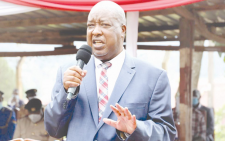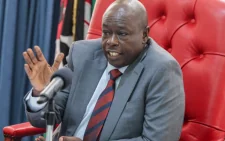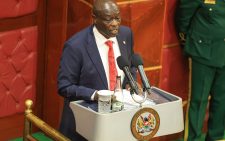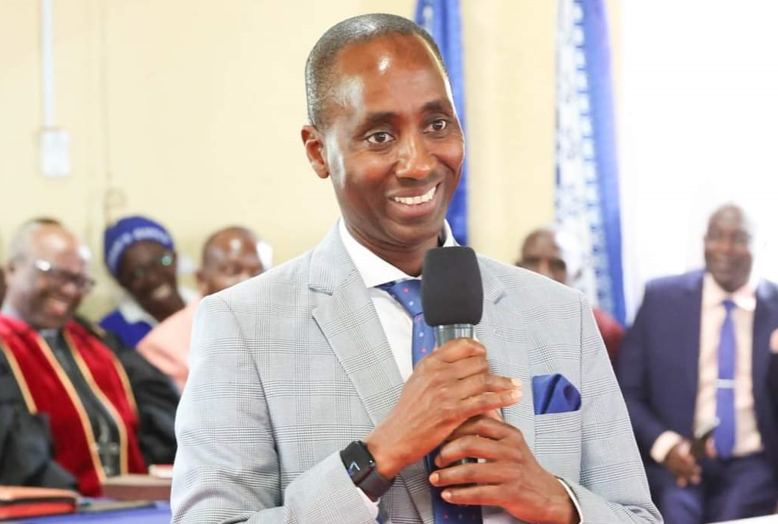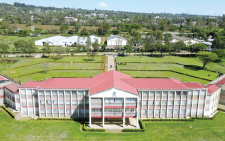If the National government were to succeed in its Universal Health Coverage (UHC) flagship programme, the need to borrow a leaf from regions that have made progress is now when the transition to the Social Health Authority (SHA) has hit a snag two weeks on.
Digital health experts at the inaugural Lake Region Digital Health Conference (LRDHC) taking place in Kisumu, yesterday gave the host county’s UHC initiative a clean bill of health and suggested that perhaps the national government should go the same way.
This comes after Kenyans trying to register on the SHA system could not be able to complete the process.
Momanyi, a boda boda operator in the city of Kisumu was yesterday morning frantically trying to register on the SHA platform to facilitate the admission of his wife who was in labour, but in vain.
“This is a bogus system. I have been trying for the last week, but all I get after following the registration process step by step at the point I am supposed to retrieve my profile, I the answer I get is the ‘coming soon’ message,” Momanyi, not his real name for personal reasons intimated to the People Daily.
False starts
Whereas the national government has encountered false starts for close to two decades of false starts, delegates learnt that Kisumu County got it right at its pilot stage of the programme in 2018, and did not waste time.
Kisumu Governor Prof Anyang’ Nyong’o, revealed that after implementing the UHC pilot from December 2018 to 2019, Kisumu transitioned to the Kisumu Social Health Insurance Scheme, also known as Marwa, and scaled up the UHC initiative.
“Learning from our UHC journey in Kisumu which started in 2018 with digital registration of all households in Kisumu county via M-TIBA, a digital solution offered in partnership with PharmAccess, we registered approximately 850,000 persons,” he said, and echoed the importance of the data collected during the one year pilot, which later became useful as the County opted for an insurance-based UHC model.
Insurance based model
This data would become useful later when we opted for an insurance-based UHC model. And for the first time in the country’s history according to Prof. Nyong’o, the model demonstrated how a referral system would be implemented digitally. “And it led to significant increase in resources to the primary health facilities,” the governor said at the official opening of the two-day conference themed, Harnessing Technology for Inclusive UHC. Nationally, Kenya is banking on the success of the Facility Improvement Fund (FIF), one of the financial kitties under SHA to help raise domestic resources for Primary Healthcare health facilities.
Further, the county articulated the socio-economic status of those registered through a poverty mapping tool administered through phone calls by trained staff.
“We were thus able to map out indigents and support their access to care by offering them insurance,” the governor highlighted. However, whereas, there were outstanding improvements in the county’s accuracy of identifying indigents, there were a number of other inherent weaknesses including inaccurate responses from the contacted persons. Due to insufficient public funding, access to affordable healthcare remains unequal, and patients often have to pay out of pocket. However, to tackle this issue, Kenya recently passed a law requiring social health insurance for all adults over 18 years.

